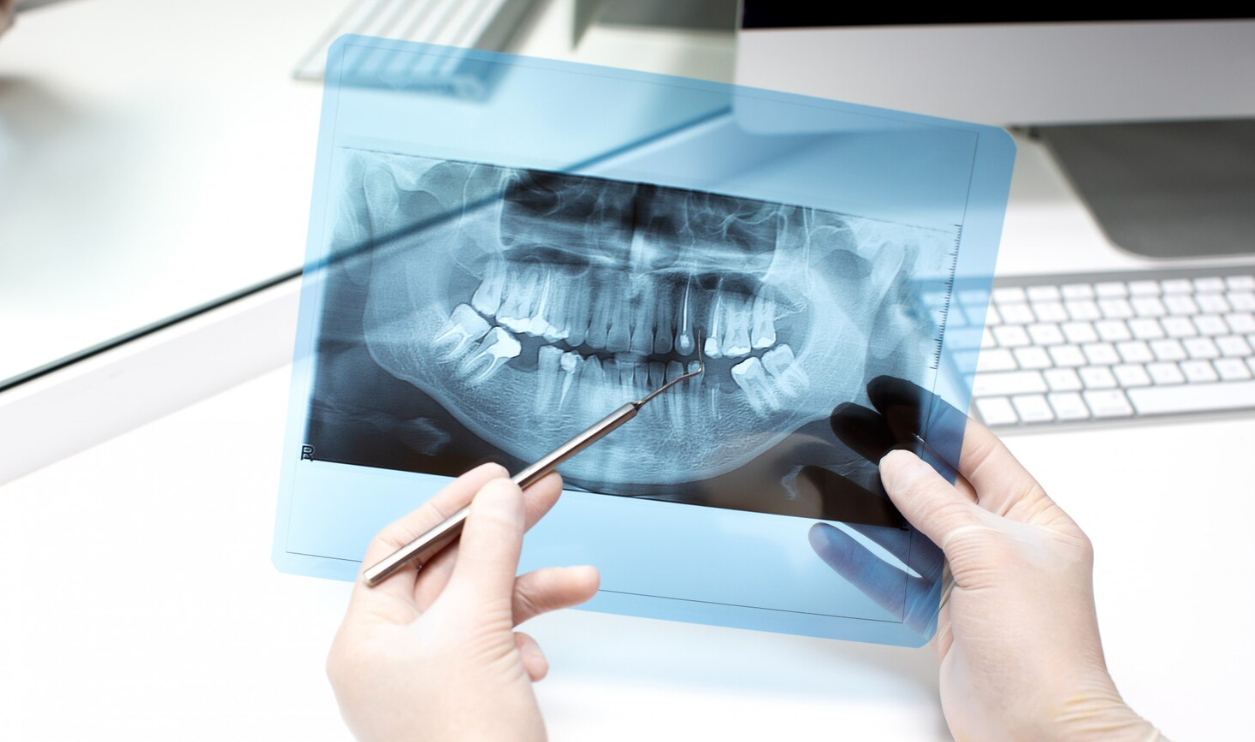Dental radiology services play a crucial role in modern dentistry by providing detailed images of the teeth, jaw, and surrounding structures. These imaging techniques help dentists diagnose oral health issues early, plan treatments, and ensure precision in procedures like root canals, dental implants, and orthodontics. However, many patients wonder about the safety of dental radiology services, particularly regarding radiation exposure.
This blog will explore the safety of dental X-rays, the measures taken to minimize risks, and why these imaging techniques are essential for maintaining good oral health.
Understanding Dental Radiology Services
Dental radiology services include various imaging techniques that help dentists assess and diagnose oral health conditions. Some of the most common types include:
- Bitewing X-Rays – Used to detect cavities and bone loss.
- Periapical X-Rays – Provide a complete view of the tooth, from crown to root.
- Panoramic X-Rays – Capture a full image of the entire mouth, including the jaw and sinus areas.
- Cone Beam CT (CBCT) Scans – Offer 3D images for precise treatment planning.
- Cephalometric X-Rays – Used in orthodontics to study jaw alignment.
These technologies allow dentists to diagnose issues that are not visible to the naked eye, ensuring effective treatment and long-term oral health.
Are Dental X-Rays Safe?
A common concern among patients is the safety of dental radiology services due to radiation exposure. While it is true that X-rays use ionizing radiation, the amount is extremely low compared to other sources of radiation we are exposed to in daily life.
To put it into perspective:
- A single dental X-ray emits less radiation than a short airplane flight.
- The natural background radiation we receive from the environment is higher than what a patient gets from routine dental X-rays.
Moreover, modern dental radiology services use advanced technology that further reduces radiation exposure while improving image quality.
How Radiation Exposure is Minimized in Dental Radiology Services
Dental professionals follow strict safety guidelines to ensure that patients are exposed to the lowest possible levels of radiation. Here’s how they achieve this:
1. Use of Digital X-Rays
Traditional film-based X-rays required higher radiation doses. However, modern digital X-rays significantly reduce radiation exposure—by up to 90% in some cases—while providing clearer images.
2. Protective Shields and Lead Aprons
Patients are often given lead aprons and thyroid collars to shield sensitive areas from radiation. This extra layer of protection ensures that the exposure remains minimal.
3. Low-Dose Imaging Techniques
Dental clinics now use low-dose imaging techniques that require less radiation while still capturing high-quality images. Cone Beam CT (CBCT) scans, for example, focus only on the necessary area, reducing unnecessary exposure.
4. Limited Frequency of X-Rays
Dentists only recommend X-rays when absolutely necessary. The frequency depends on factors like:
- The patient's age
- Dental history and risk of cavities
- Presence of symptoms like pain or swelling
For most healthy adults, dental X-rays are needed once every 1-2 years, while children or those with dental conditions may require them more frequently.
Benefits of Dental Radiology Services
Despite concerns about radiation, the benefits of dental radiology services far outweigh the minimal risks. These imaging techniques help:
- Detect cavities and infections early before they become serious.
- Identify bone loss and gum disease at an early stage.
- Plan dental implants, braces, and other treatments with high accuracy.
- Assess wisdom teeth positioning to prevent future complications.
- Monitor oral health changes over time for better long-term care.
By ensuring early detection and accurate treatment planning, dental radiology services improve patient outcomes and prevent more invasive procedures in the future.
Conclusion
Dental radiology services are a safe, essential part of modern dentistry. With advancements in digital imaging, protective measures, and low-dose technology, radiation exposure is kept to an absolute minimum. The benefits of early diagnosis and precision in dental treatments far outweigh any risks, making X-rays a vital tool in maintaining good oral health.
If you have concerns about radiation exposure from dental radiology services, speak with your dentist. They can explain the precautions taken and help you feel more comfortable about the procedure. Regular dental check-ups, including necessary X-rays, are key to ensuring a healthy smile for years to come.

